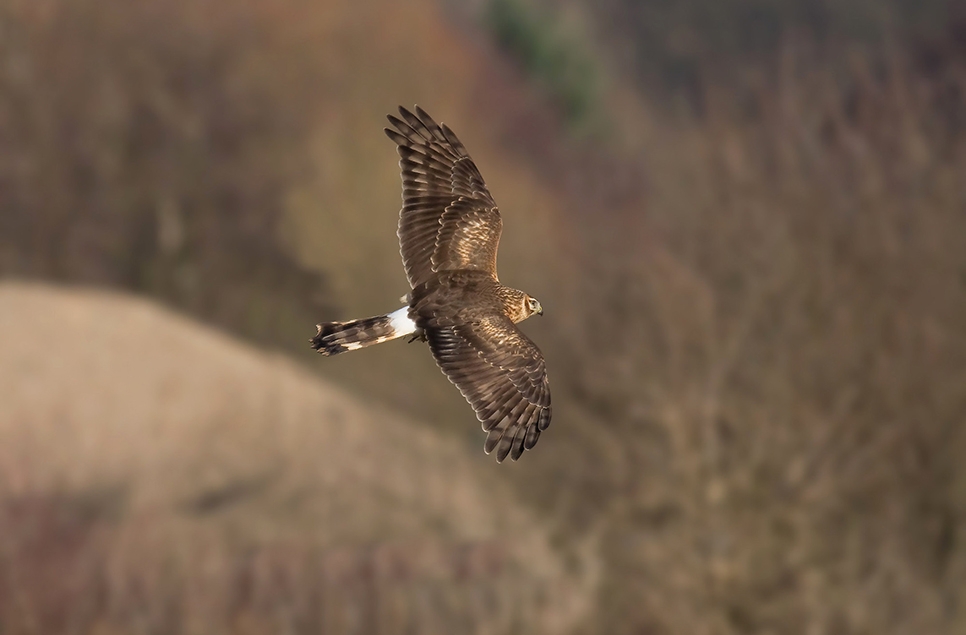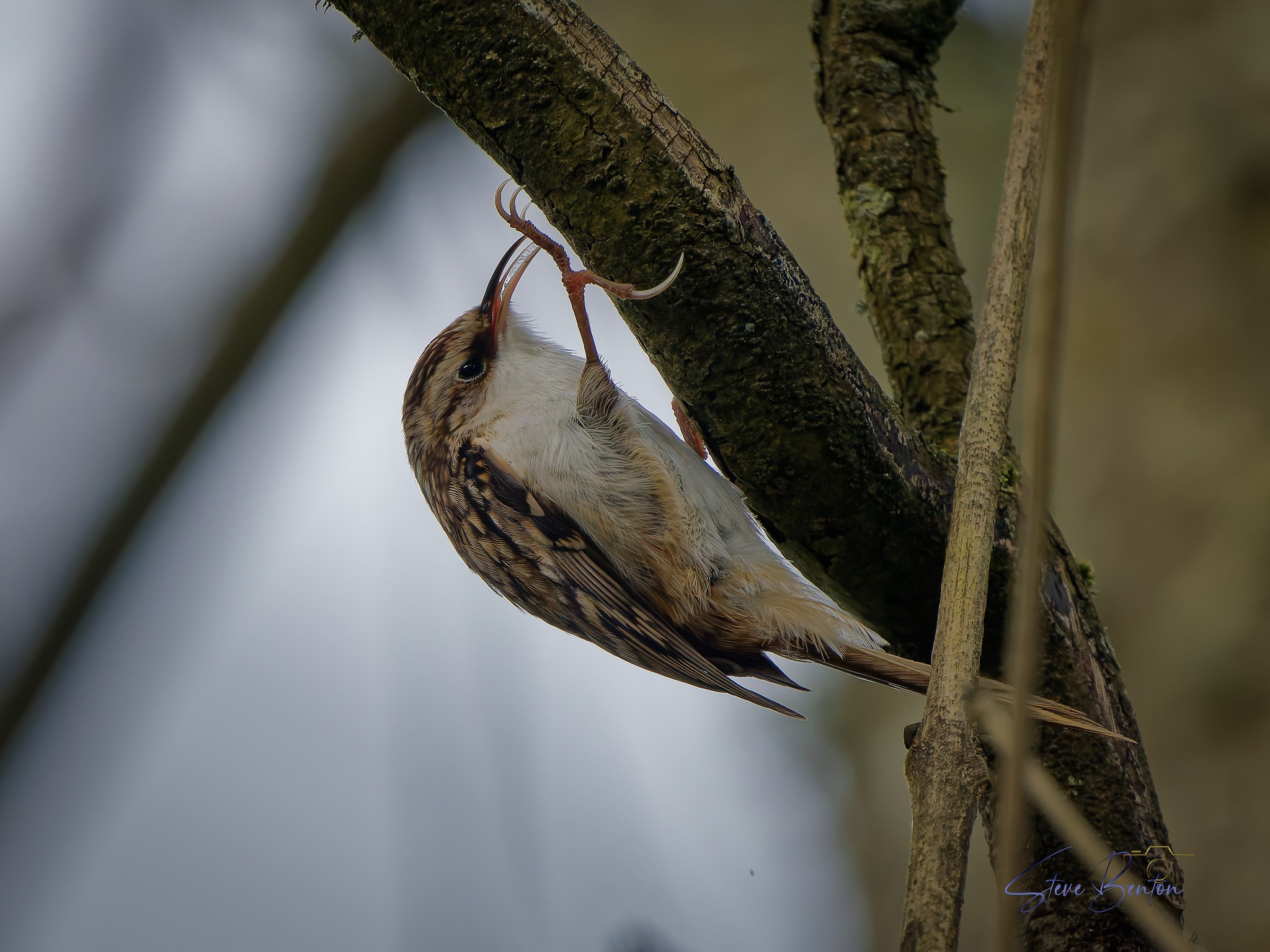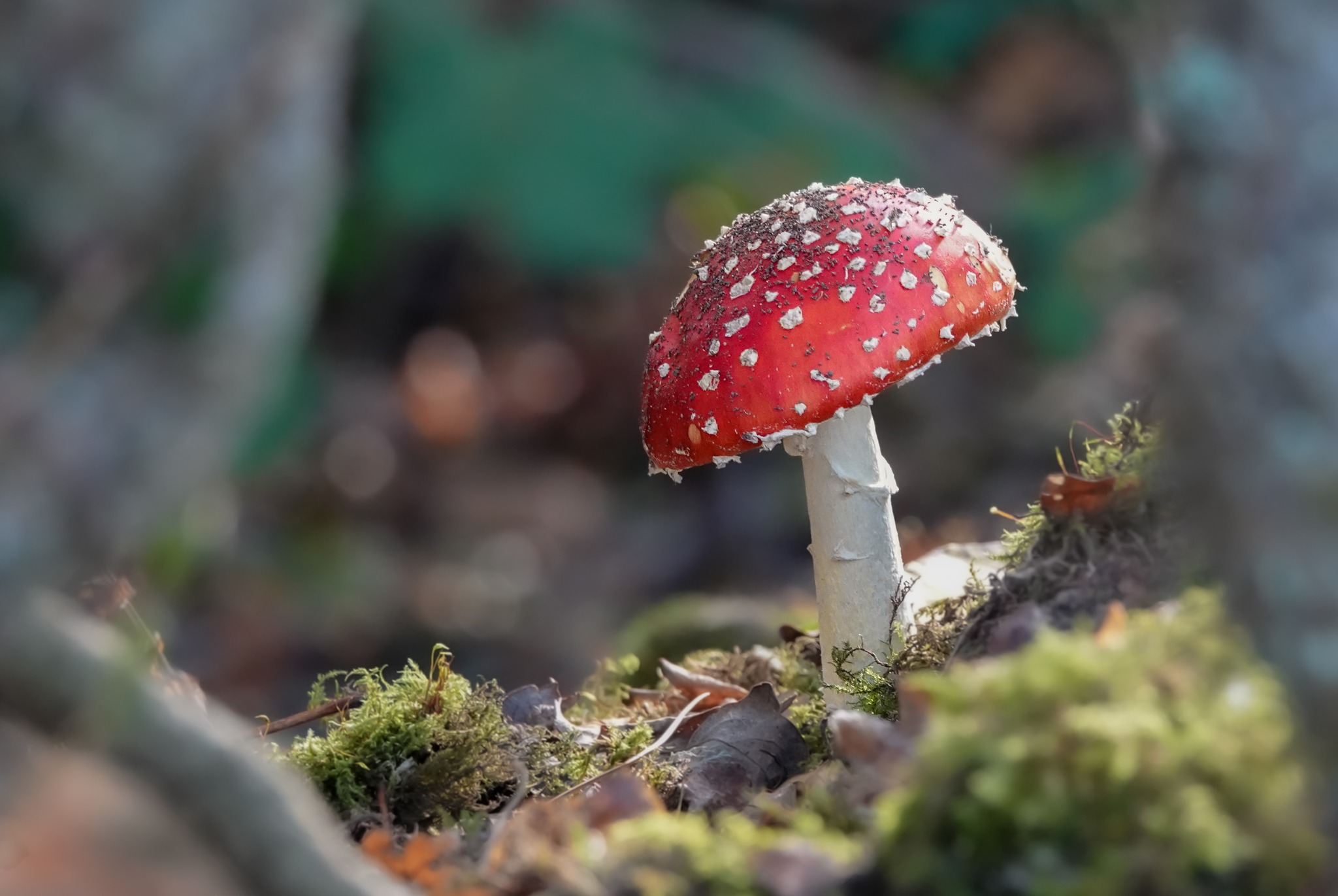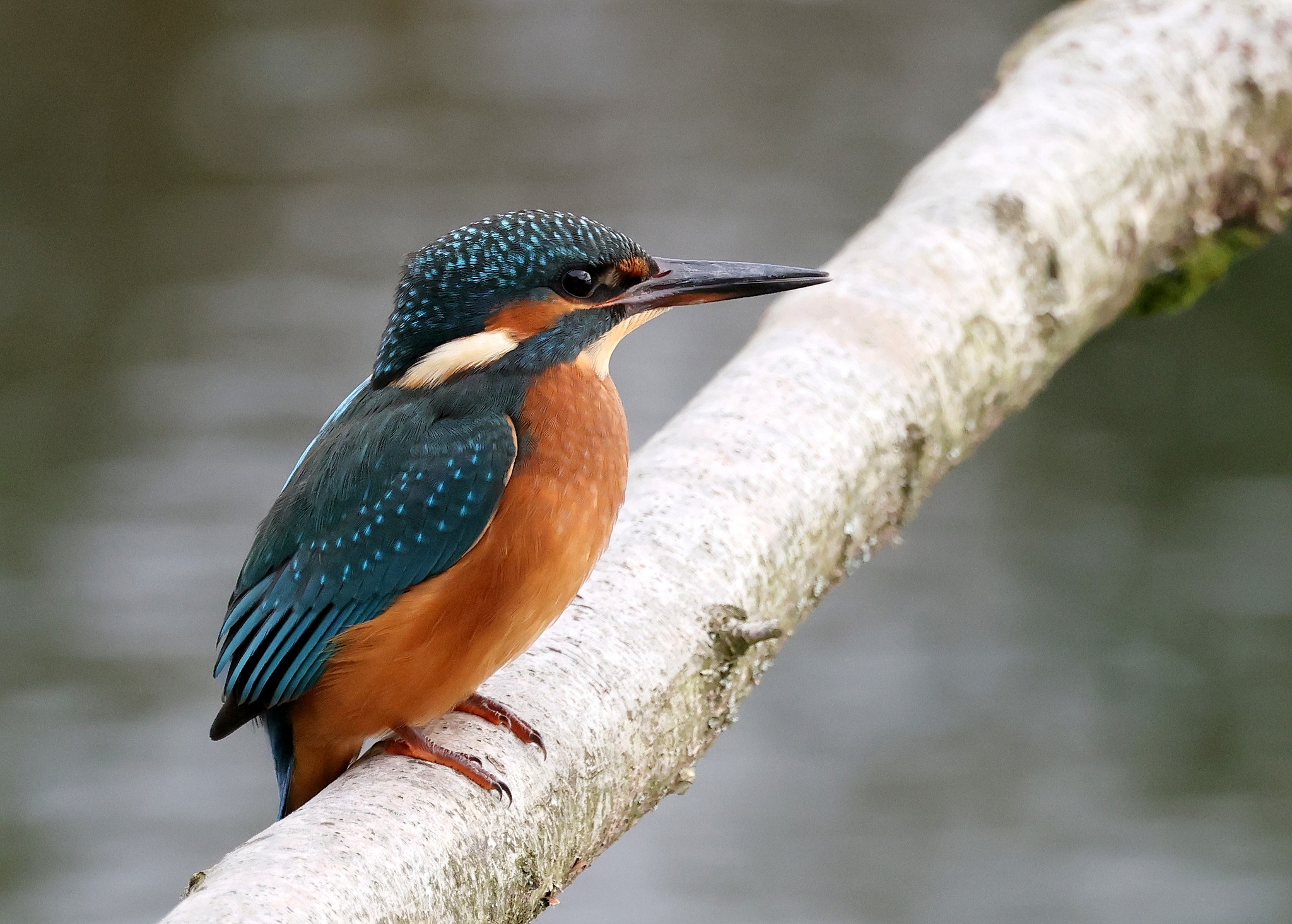Wolf Spider, Great White Egret, Kingfisher, and a scary-looking Scorpion Fly
Just a picture is enough to make you itch!
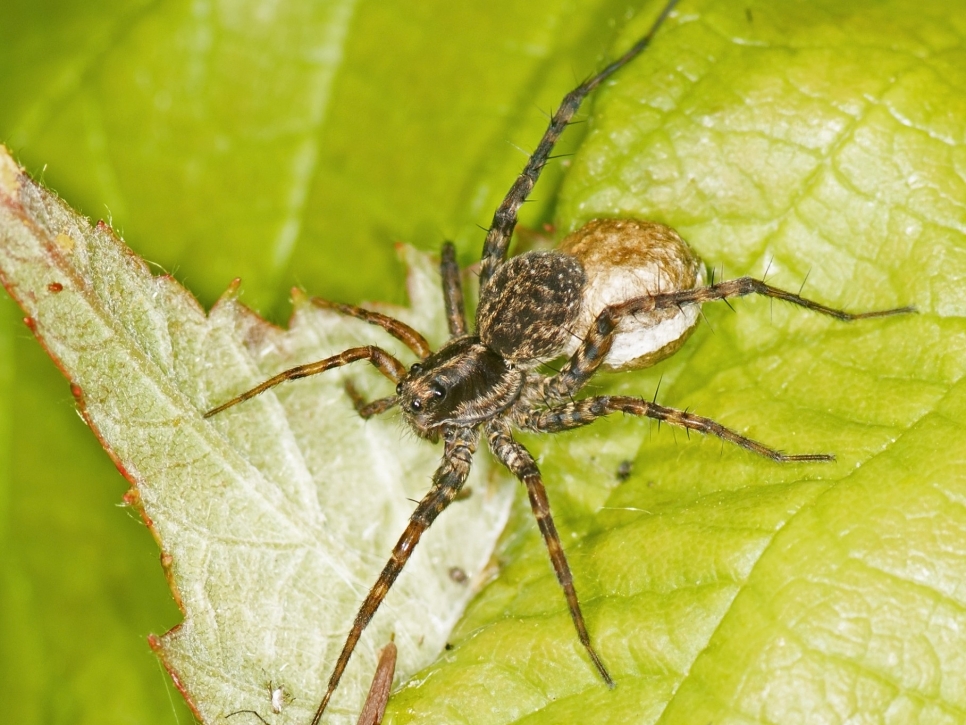
The Dragonfly Festival has begun!
Wildlife Sightings at WWT Llanelli from 16th – 22nd June 2025
Highlights: Wolf Spider, Great White Egret, Kingfisher, Scorpion Fly
Our cover photo and first highlight of the week is a Wolf Spider from the genus Pardosa, with her egg sack. There are over 500 species of this genus, collectively referred to as Thin-Legged Wolf Spiders, which are found all across the globe. These spiders live a solitary life, not spinning webs to catch their prey like most spiders; instead, Wolf Spiders chase and pounce on their prey – hence their namesake. After her eggs hatch, the female will carry her young on her back for a few days before they leave to explore the world (and terrorise my fellow arachnophobes!). Though hairy and spindly, these spiders are excellent at pest control and a real gardener’s friend, so don’t be too afraid – they’re only here to help!
For the past few days, a Great White Egret has been spotted hanging around outside of the British Steel Hide. These elegant birds are almost the size of a Grey Heron (much bigger than a Little Egret) and sport a yellow beak and black feet when not in breeding plumage. You will most often spot them carefully wading through the water, waiting for the perfect time to strike and spear their prey using their sharp bill!
Our next highlight is the family of Kingfishers which has taken up residence around the Deep Water Lake. It seems that the pair’s first brood of chicks from May successfully fledged, but they don’t quite want to leave home yet! They have been spotted sticking around their parent’s nesting site, feeling a bit jealous of their younger siblings and their frequent fish deliveries courtesy of Mum and Dad. One of the juveniles has been venturing out, however, as he was seen darting past the Peter Scott Hide on Friday.
On the topic of fledglings, we were happy to find that one of the Blue Tit chicks which had been ringed this spring in the Grounds has made its way over to the Northern Loop on the Millennium Wetlands after successfully fledging, landing itself in our Constant Effort ringing net! The Constant Effort Sites (CES) scheme involves ringing at designated times over the summer to monitor the activity of birds and gather data for the BTO. This will be the 24th year of CES ringing at WWT Llanelli, and it’s still going strong!
Our final highlight of the week is the Scorpion Fly, which, despite looking dangerous, poses absolutely no threat to humans. Its scorpion-like tail is actually used in courtship rituals and has no stinging ability. Males of this species better hope that their weird tail is enough to woo their partner, as their female counterparts are notorious for killing potential mates. To get around this, the male will often calm her murderous intentions with a gift of food – likely stolen from a spider’s web.
Other honourable mentions for this week include the Mediterranean Gulls on Freshwater Lagoon, a Marsh Harrier seen soaring above Deep Water Lake, and the persistent Cuckoos – calling constantly all across the Millennium Wetlands.
Featured Photo Credit: Wayne Davies
